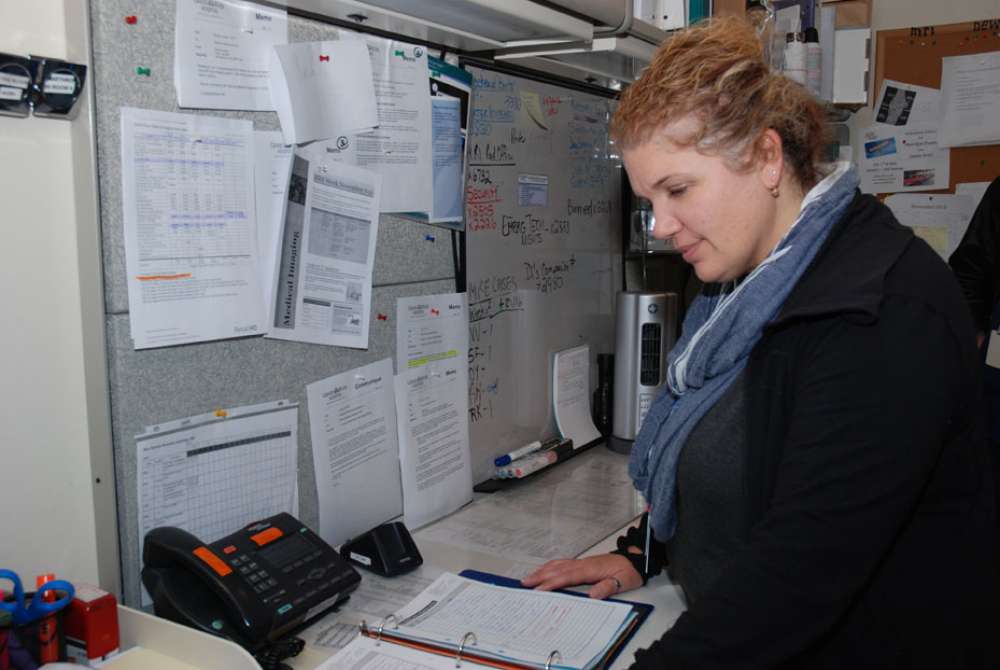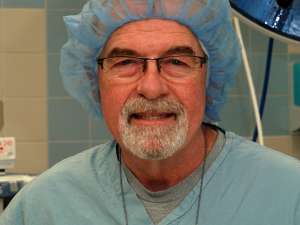
Diana Brodrecht works with some of the most sophisticated medical imaging equipment in Waterloo Regional Health Network. So one of the most important aspects of her job to her is making sure patients feel safe and comfortable when they come for an MRI (magnetic resonance imaging).
She’s worked at WRHN for 16 years after starting her career as an x-ray technologist. She was also a student at the hospital in 1999.
She knows she’s done her job well when a patient tells her that she helped them get through the MRI. And, while she believes she’s truly fortunate to say that she loves what she does for a living, she knows the work environment only continues to get busier.
For Diana, it is important to make each and every patient feel safe and informed when they’re having an exam in medical imaging.
What exactly is magnetic resonance imaging (MRI)? What can it help determine?
An MRI combines the use of a large magnet, radiofrequency and hydrogen atoms in the body to create images. It’s extremely useful in obtaining images of the brain, spine, liver, pancreas, breast, pelvis and musculoskeletal matter; it’s also useful to capture the soft tissue structures of the body.
Is an MRI the same thing as a CT/CAT scan?
No – they are very different. MRI is a longer examination, that can take anywhere from 15 minutes to an hour. They’re also very noisy so we provide every patient with earplugs.
While an MRI uses a magnet and radiofrequency to acquire images, a CT uses x-ray and radiation to acquire the images.
How do you help make the patients feel comfortable as you conduct the MRI?
Making sure that the patient is as comfortable as possible is one of the most important things during an MRI. We explain the exam, give the patients cushions for support, and communicate throughout the exam over the intercom between each scan so they know what’s going on every step of the way.
What are some questions you often get asked during an MRI?
There are many misconceptions about an MRI. A lot of people think the machine is dark and will close in on them; but actually, the machine is open at both ends, is very bright and has air flowing throughout it.
Patients also don’t always realize that an MRI scan is not quick like an x-ray or CT scan, so we explain it could take 15 minutes or 60, depending on their exam.
How does an MRI differ from other types of imaging used?
I’m still amazed after 13 years in medical imaging at the detail of the anatomy that can been seen in an MRI. These images can be acquired in all three planes – axial (top and bottom), sagittal (left and right) and coronal (front and back). Other methods of imaging can’t provide that level of detail as well as an MRI can.


 Jessa Bamford: bringing a range of speech language services to patients
Jessa Bamford: bringing a range of speech language services to patients Susan Edgar: passionate about improving seniors care
Susan Edgar: passionate about improving seniors care Bob Frey: proud of GRH and its surgical program
Bob Frey: proud of GRH and its surgical program